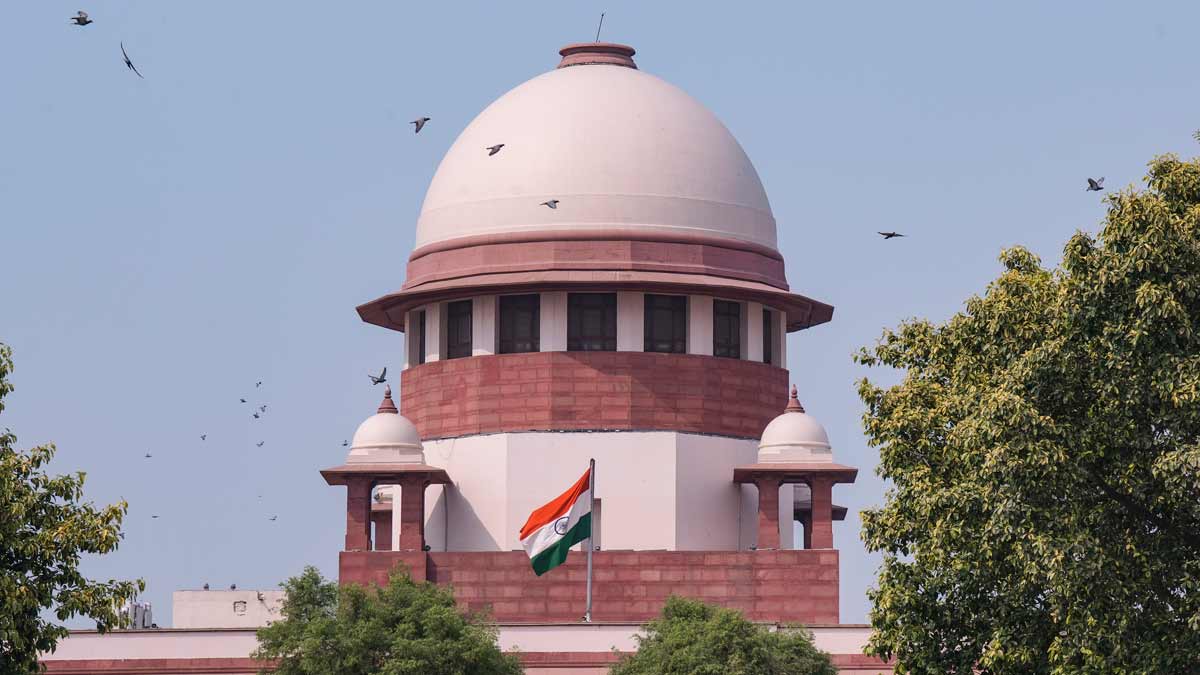Fulcrum of Constitution at risk: Karnataka, West Bengal, Himachal Pradesh slam Centre in Supreme Court

In a fierce pushback against the Union government, Karnataka, West Bengal and Himachal Pradesh told the Supreme Court that the Centre is trying to tear into the core of India’s parliamentary democracy. Arguing in the ongoing Governors’ powers case, the states warned that the Centre's stand would abrogate the fulcrum of the Constitution by reducing the Cabinet system of collective responsibility to a mere formality.
Cabinet responsibility as a basic structure
Karnataka, through Senior Advocate Gopal Subramanium, argued that the Cabinet system, collectively responsible to the legislature, is a part of the Constitution’s basic structure. Any attempt to vest the Governor or President with discretionary powers effectively erodes democratic governance. “Submissions of the Union government seek to indirectly abrogate the fulcrum of the Constitution, which is the cabinet-form of government and the responsibility to the legislature,” he submitted.
West Bengal: Governors cannot stall democracy
West Bengal, represented by Senior Advocate Kapil Sibal, emphasised that Governors should not become impediments to constitutional functioning. He stated, “The Governor cannot examine the legislative competence of a Bill,” and pointed out that legislative competence must be tested in courts. He cautioned against allowing indefinite delays by Governors, and urged the Court to affirm that once a bill is passed, there is no room for indefinite withholding. “There may be an extraordinary situation, but once the bill is sent, it must be assented to.” Asserting the supremacy of the people's will, Sibal argued, “Will of the people cannot be subject to executive whims and fancy.”
Himachal Pradesh: States are not municipalities
Himachal Pradesh, through Advocate Anand Sharma, stressed that Governors and the President do not hold legislative authority and are not viceroys in the Indian republic. They must act on the aid and advice of the Council of Ministers. “States can’t be belittled or treated as municipalities,” he added, undermining any suggestion that the Governor’s office may override state government.
Bench voices unease
The five-judge bench, led by Chief Justice B.R. Gavai, did not conceal its unease. Justice P.S. Narasimha questioned whether prescribing deadlines amounts to rewriting the Constitution.
CJI Gavai pressed Sibal, “If a timeline is missed, do we say the bill becomes law automatically?” That, the judges suggested, could create a constitutional fiction not envisaged by the framers.
At the same time, the bench acknowledged the democratic danger of endless inaction. “Governors cannot sit indefinitely. The Assembly represents the will of the people,” one judge observed, echoing the April ruling’s emphasis on legislative sanctity.
In recent years, opposition-ruled states West Bengal, Tamil Nadu, Kerala, and Punjab have accused Governors of acting as instruments of the Centre. For them, judicial timelines are a shield against political obstruction. For the Union, however, judicially invented deadlines risk upsetting the delicate separation of powers.
Centre’s defense
Attorney General of India R Venkatramani questioned whether imposing timelines is a step too far, a judicial amendment rather than interpretation. They argue that the discretion under Articles 200 and 201 is sui generis and cannot be constrained judicially. Several state counsel echoed this. They posited that the absence of explicit timelines in the Constitution suggests it was not for the Court to read in time limits.
States assert the overriding importance of the people’s mandate, delays in assent intrude on governance and undermine democratic processes. The Court must weigh expediency against constitutional process.
The Supreme Court is at a constitutional crossroads. By weighing whether judicially imposed timelines on Governors' assent powers are constitutional, it must protect the principle of federal democracy, preserve the Cabinet system as fundamental, and ensure law-drafting remains effective and accountable. The decision will not only shape legislative timeliness but may also recalibrate Centre-State power balances and judicial authority in India’s constitutional framework.
But whatever the verdict, its impact will be felt far beyond the courtroom. It will define the boundaries of gubernatorial power, shape Centre–State relations, and test how far the judiciary is willing to go in filling constitutional silences.
India